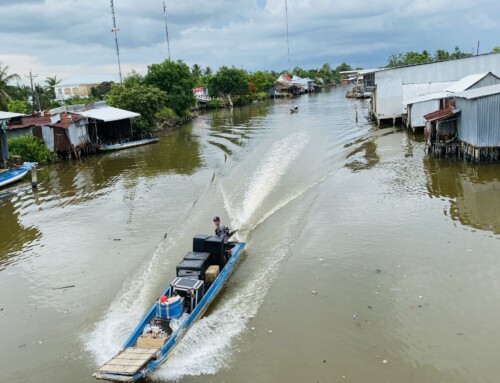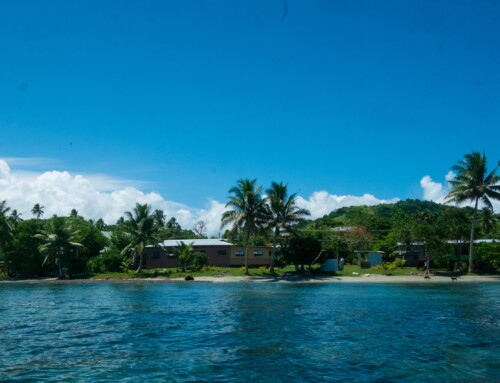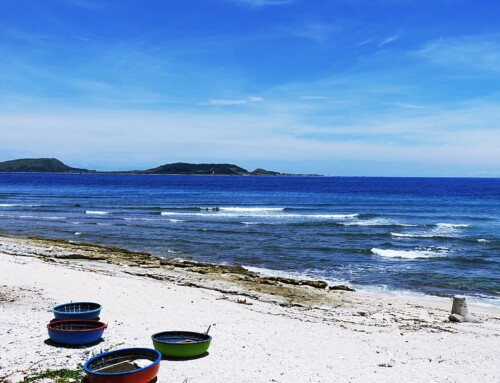by Simon Tilleard
How environmentally and socially sustainable are big dam projects? Simon Tilleard takes on the issue of large-scale hydro in his recent letter to the New Scientist.
What does “renewable power” mean to you?
Chances are, you’ll think of solar, wind and hydropower. But when it comes to large-scale hydropower, just how ‘renewable’ is this power?
I recently read an article in the New Scientist Rise of renewables starts climate-change fightback – (6 July, page 6-7) which brought home to me once again how common it is to see ‘the next generation’ of large hydropower dams held up as examples of environmentally conscious and sustainable sources of power.
In the article, authors Marshall and Aldhous indicate that large hydropower dams can help to fight back on climate change and produce ‘green power’ whilst sustainably managing environmental resources. They go on to state that a few large dams have erroneously given the sector a bad reputation and that the World Bank’s recent decision to return to funding large dams is proof of improved procedures for management.
My experience as a water resources engineer working in South East Asia brings me a different perspective. It’s abundantly clear that it’s misleading to suggest that merely a few of the older dam projects were ill-conceived and unsustainable. In reality, the negative environmental and social impacts of large dams often outweigh their economic benefits.
The 2000 independent World Commission on Dams, the most comprehensive study on dam impacts, concluded that big, complex schemes cost far more but produce less energy than expected. Examples of environmental and social impacts from large hydropower are plentiful, devastating fish losses from the Pak Mun Dam in Thailand or mass displacement caused by the Narmada Valley dams in India immediately come to my mind.
Compounding the issue, sustainability of large dams and ensuring compliance with improved procedures for management is particularly difficult in developing countries in which large hydropower is currently being developed. Human resource capacities and powerful personal, national and foreign interests often trump prescribed management procedures. A telling example of this is the poor implementation of environmental assessments and consultation processes during the ongoing construction of the first mainstream dam on the lower Mekong River, the Xayaburi dam.
However, all is not lost!
Small to medium size hydropower schemes can provide a viable alternative for managing the tradeoffs between environmental, social and economic priorities. These schemes will help the world to reach the levels of renewable energy that Marshall and Aldhous predict, without the environmental and social costs of large hydropower.
I felt the need to put across my points in a letter to the New Scientist, which was published in the New Scientist 17 August 2013 edition Letters Page (no. 2930).








Leave A Comment